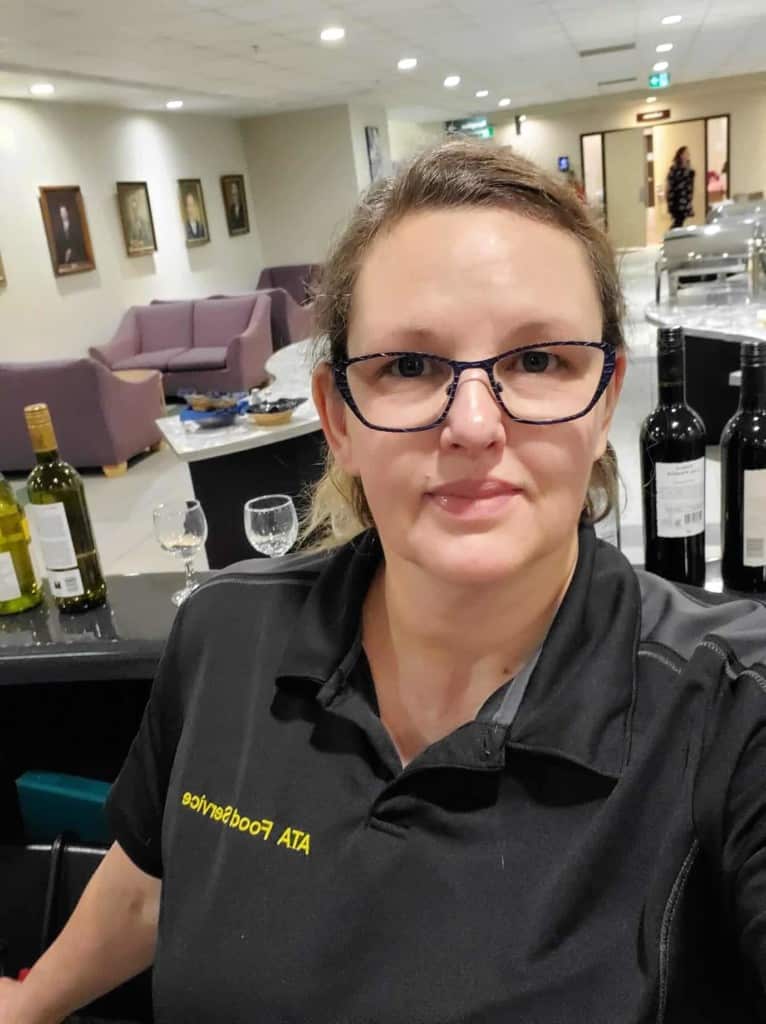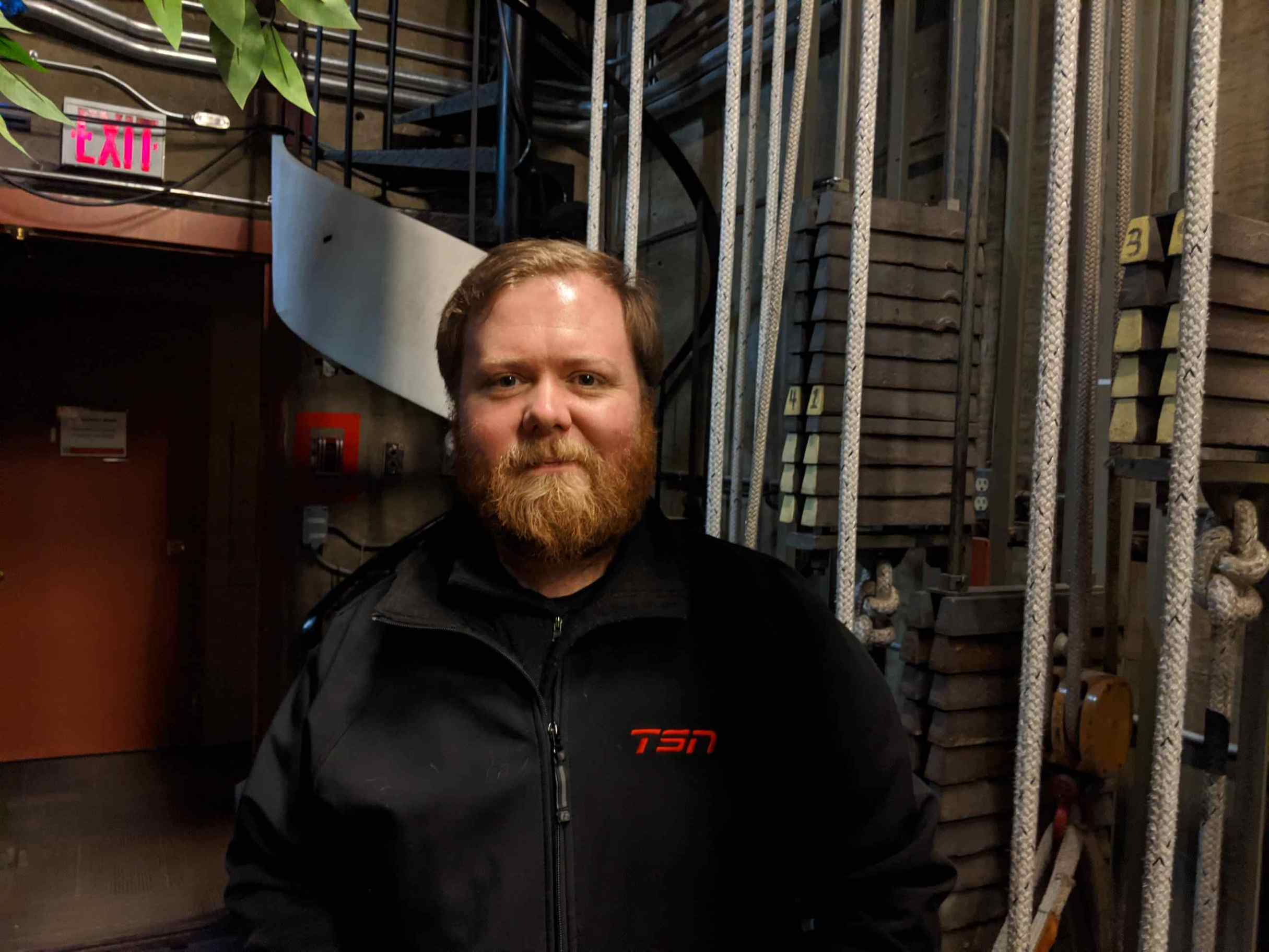The changing reality of jobs and careers
Many people work at more than one job to bring in extra money
It was once common to work at one job throughout your life and then retire. A few decades ago, that changed to switching jobs or careers more frequently. Now, more and more people take side jobs as well.
Stephen Strand, an Alberta Avenue resident, used to work full-time for the Edmonton EXPO Centre doing audio visual work, but that changed a few years ago when the organization became a branch of the Edmonton Economic Development Corporation (EEDC).
“The biggest part of my job there is maintaining the in-house PA system. There is a third party AV company that deals with a large majority of the job that I used to do, so over the last few years my hours have been reduced. They primarily keep me around to do internal events and maintain the in-house PA system and the score clock. In 2017, I averaged around 50 hours a week there, but now I average around 20-30 hours a week. I say this is my main job, because it provides me with roughly half of my yearly income,” says Strand.

In order to bring in more income, Strand works as a freelance Audio Visual technician for production companies with sports broadcasting contracts; with the audio department at Citadel Theatre; doing video projects and AV setups for Century Mile Racetrack; and other occasional contracts.
“I started to occasionally take outside work back in 2014, but as of 2018 I was in a situation where I needed to take on more work,” says Strand. “With my job at the EXPO Centre diminishing, I needed to find a way to make enough money to pay all of my bills. I also like working on different projects. In the past, when I had only one job, I found myself becoming complacent, never pushing myself to do better or become better. Now, in order for me to keep getting contracts, I have to care and try to be better than I was before.”

These side gigs are significant for Strand, making up about half his yearly income. The downside is that the extra work can be tiring.
Virginia Potkins works a number of different contracts along with casual work.
“I work casually at Alberta Teachers’ Association as a caterer and at NAIT in running their cafe in the Productivity and Innovation Centre,” says Potkins. She also has contracts for special events like Spark! Youth Camp and with Bloomin’ Garden Show & Art Sale.
Potkins first started doing contract work after she left a full-time job in 2018.
“I found I really enjoyed the flexibility and I could pick and choose where I wanted to work,” says Potkins. “It kind of allows me to work around my other commitments and volunteer projects.”
Potkins says she likes knowing her time is well-spent and that she enjoys the work she does. “It gives me joy and purpose.”
Financially the extra work is important as well. “I’m picking up more work and I think I’ll do okay this year.” It’s hard to say how much of an impact her contracts make to her overall income. “Every project is different, so there’s a wide range of what each one pays.”
She adds, “I can’t imagine now going to a job where I have to be there everyday. I think I get bored easily. I like the challenge of jumping into something I haven’t done before. I thrive on that. I think what is also appealing is being in control of your own destiny.”
Featured Image: Stephen Strand backstage at the Citadel Theatre during one of his side jobs. | Supplied







